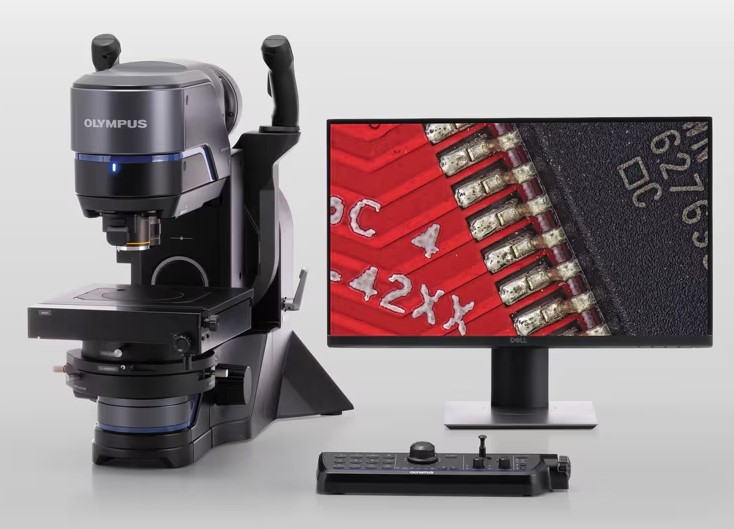DSX-1000 digital microscope
- Category:
- Optical
- Brand:
- Olympus
- Type:
- DSX10-SZH

Description
The Olympus DSX-1000 is a state-of-the-art digital microscope designed for high-resolution imaging and precise measurements. It combines advanced optical technologies with cutting-edge digital imaging capabilities, offering users exceptional clarity and detail. The DSX-1000 is equipped with a variety of objectives and illumination options, enabling comprehensive analysis of samples across a broad range of applications. Its intuitive interface and advanced software streamline the process of capturing and analyzing images, making it a versatile tool for both research and industrial use.
Technical details
The DSX-1000 features a high-resolution digital camera that captures images with remarkable detail and accuracy. The microscope is equipped with a range of objectives, from low to high magnification, allowing users to observe samples at various scales. Its optical technologies include brightfield, darkfield, a mix of brightfield and darkfield, oblique and polarized options. The microscope also supports automated focusing and stage movement, which facilitates precise positioning and measurement.
Additional techniques
To enhance the capabilities of the DSX-1000, it can be used in conjunction with complementary techniques such as energy dispersive x-ray fluorescence (EDX) and scanning electron microscopy (SEM). EDX can provide elemental analysis of samples, offering insights into their chemical composition, which can be correlated with the structural details observed through the DSX-1000. SEM, with its high-resolution imaging and surface morphology capabilities, can complement the optical images by providing detailed topographical data. Combining these techniques allows for a more comprehensive understanding of material properties and behaviors.
Applications
The Olympus DSX-1000 aids in the examination of microstructures and surface defects in a wide range of materials. The microscope is valuable in research settings for studying samples and conducting detailed morphological analyses. Its ability to provide high-resolution images and precise measurements makes it an essential tool for a broad range of analytical tasks.